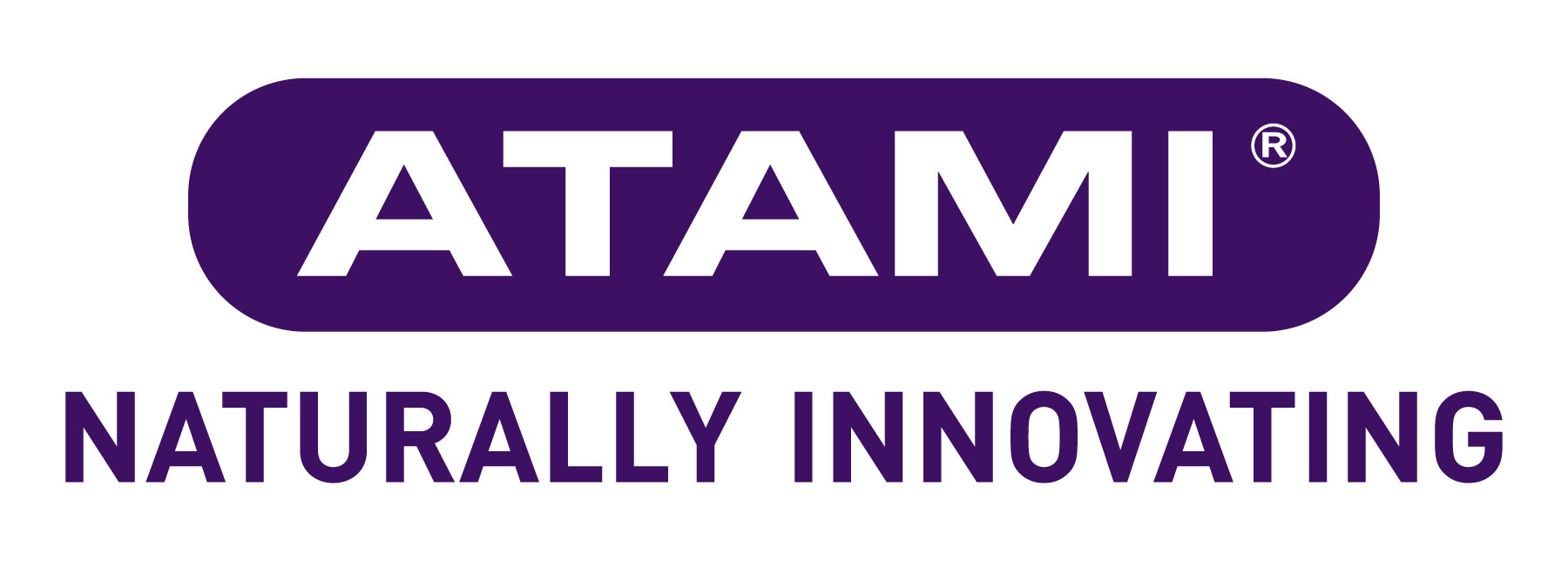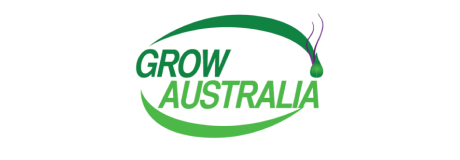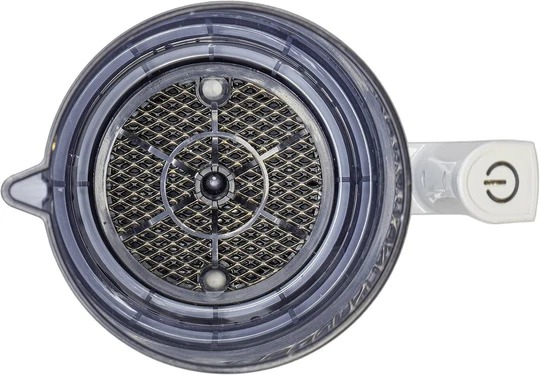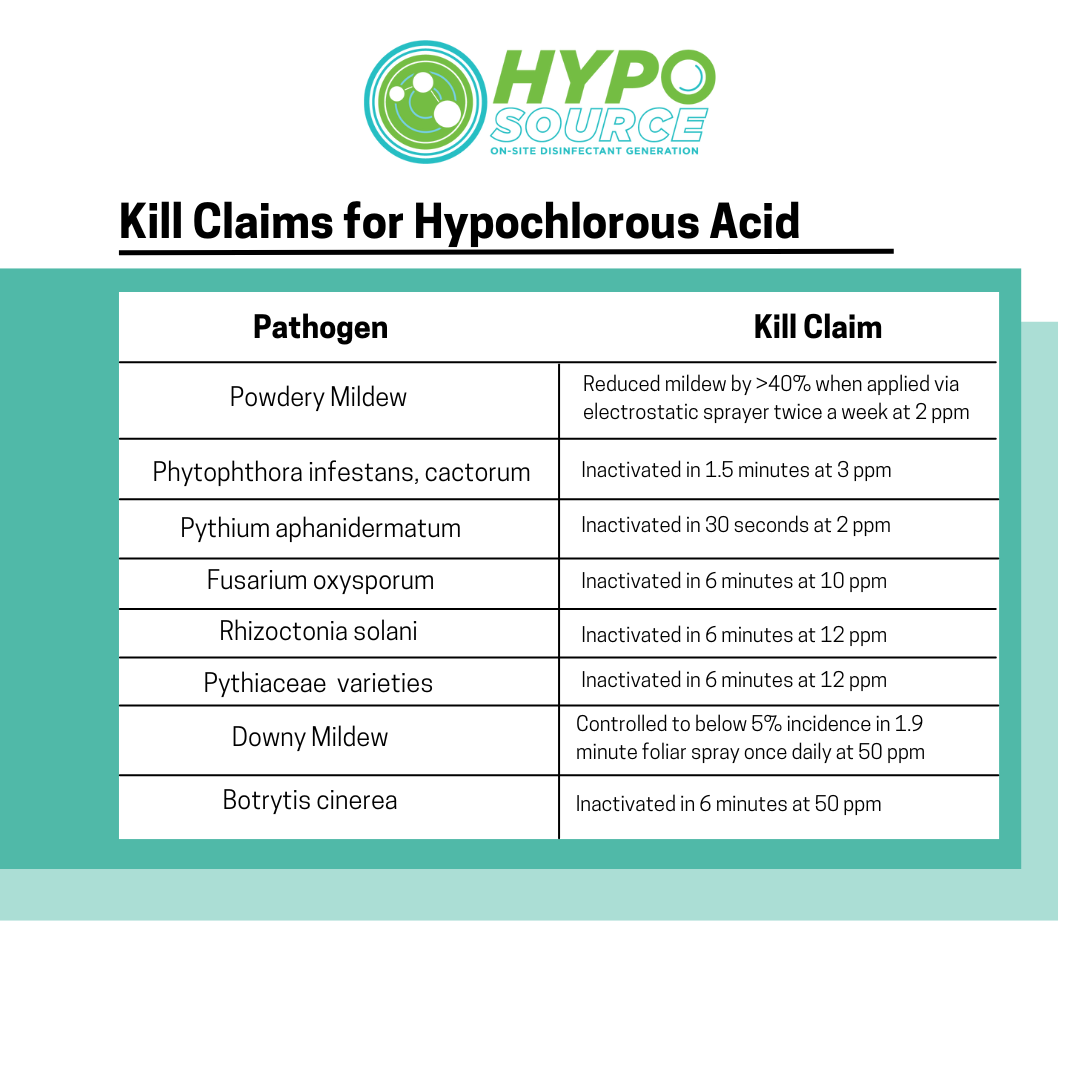Hypo Source Eco One Hypochlorous Acid Generator


Hypo Source Eco One Hypochlorous Acid Generator
| Product Code: K5400 |
Hypo Source Eco One Hypochlorous Acid Generator
Introducing the Eco One: Your Ultimate HOCl Generator for Hydroponics
Discover the power to create your own hypochlorous acid (HOCl) from the comfort of your home with the Eco One. Simply combine water and kosher salt in the pitcher, activate the system, and in just minutes, witness the transformation into a potent, all-natural disinfectant capable of swiftly eliminating COVID, E. coli, and other harmful pathogens.
But that's not all – with the Eco One, versatility is key. Swap out the salt for food-grade potassium carbonate and unleash a premium degreaser perfect for tackling oily surfaces with ease.
What Sets the Eco One Apart?
Titanium Electrolysis Cell: Crafted with a premium titanium coating, our electrolysis cell ensures longevity and reliability. Unlike systems utilising inferior alloys prone to rapid deterioration, our titanium cell guarantees the consistent production of hypochlorous acid without the risk of harmful chromium compounds.
Optimal Cell Size: Our electrolysis cell boasts an ample size for a 1-liter pitcher, requiring just 2 grams of salt to generate 200 ppm of hypochlorous acid. Beware of subpar systems demanding excessive salt quantities – a telltale sign of undersized cells likely producing sodium hypochlorite rather than the desired HOCl.
Supply Essentials Included: With your Eco One purchase, you'll receive the Eco One System, Power Adapter (Adaptable for 230VAC), 1-gram Measuring Spoon, User Manual, Chlorine Test Strips, and pH Test Strips. Additionally, access the downloadable User Manual for comprehensive guidance.
Performance That Impresses: Efficiency meets effectiveness with the Eco One. Concentrations up to 200 ppm of HOCl are achievable, with varied production rates catering to your needs. Setting 1 offers 1 Liter at 40 ppm in 3 minutes, Setting 2 provides 1 Liter at 60 ppm in 5 minutes, and Setting 3 delivers 1 Liter at 100 ppm in 8 minutes. Continued cycles on Setting 3 unlock even higher concentrations, with 1 Liter at 200 ppm in 16 minutes achievable.
Enhanced concentration capabilities: Beyond 400 ppm are achievable through additional cycles. Setting 3 can produce 1 Liter at 400 ppm in 40 minutes through five 8-minute cycles.
Unmatched Lifespan and Technical Specifications: The Eco One's Titanium Electrolysis Cell offers a lifespan of 3,000 cycles (8 minutes each). Technical specifications include Model E1, Power Supply of 110V/230VAC, 50/60Hz, Dimensions of 21 x 15 x 36 cm (8.3 x 5.8 x 14 inches), and Weight of 1.8 kg (4 lbs).
Eco One – where innovation meets performance, and cleanliness meets convenience.
Hypochlorous acid is a non-toxic multipurpose solution for all aspects of a hydroponic system. It's the most effective form of chlorine and has a neutral pH, low TDS, and is organic-approved by the USDA. Hypochlorous is the active ingredient in popular brands such as Athena Cleanse, Current Culture's Clear Line, UC Roots, and Plant Aid. (For reference, Current Culture's Clear Line is 1500 ppm and Athena Cleanse is 280 ppm.)
What can hypochlorous acid do? It's a root zone optimiser, pre-germination seed soak, equipment sanitiser, biofilm eliminator, descaler, antifungal, sporicidal, produce rinse, cuttings dip, growing media cleanser, and algae inhibitor.
Dosage: Hypochlorous acid can be added directly to water systems, deep water culture tanks, flood tables, hydro-buckets, and misters. Free available chlorine levels should not exceed 5 ppm at the plant root.
Descaling: Use 5 ppm in a recirculating system or 500 ppm for flush to waste.
Root zone optimisation: Aim for 2-4 ppm in a recirculating system.
Equipment sanitation: Use a 200 ppm dip or soak.
Growing media: Soak in 200 ppm for over 10 minutes, then rinse with water.
Cuttings: Aim for a 10 ppm dip.
Seed sanitiser: Soak in 2 ppm.
Produce wash: Use 50-100 ppm, dependent on the type of produce.
Using hypochlorous acid as an agricultural pesticide
If you're a hobby gardener, a horticulturalist, or a house plant owner, you're likely familiar with plant pests. They come in many shapes and sizes--powdery mildew, spider mites, aphids, root rot, you name it. Fungal diseases can spread like wildfire in a greenhouse, and once they've taken root, they are virtually impossible to control. Hypochlorous acid works best as a preventative measure to stop outbreaks from ever occurring.
Most pesticides contain a long list of harmful chemicals, and often the ones that don't aren't very effective. Even so-called natural pest controls can lead to problems such as pesticide resistance or harmful runoff effects.
How do you treat a plant infestation without poisoning your plants, your pets, or yourself? I'm sure you know where this is going! Hypochlorous acid works well as a fungicide against powdery mildew, gray mould, algae growth, and other fungal infestations.
A study done by the University of Georgia showed that hypochlorous acid reduced powdery mildew on gerbera daisies in a commercial greenhouse setting by over 40% when applied multiple times a week. Research by Hong et al (2003) found that free chlorine concentrations ranging from 0.25 to 2 ppm could kill the zoospores of Phytophthora nicotianae, capsici, P. cinnamomi, P. citricola, P. citrophthora, P. cryptogea, and P. megasperma. Researchers in Colombia found that Botrytis cinerea, another major plant pest, could be inactivated by 50 ppm of hypochlorous acid after 6 minutes.
A study by the University of Guelph found that chlorine concentrations of 2 ppm were strong enough to eliminate Pythiaceae pathogen variants. This is great news for anyone in the commercial greenhouse or hydroponic industry, as hypochlorous acid provides you with a three-in-one product: fungicide, line cleaner, and root zone enhancer all at once.
Another one of the most common greenhouse pests are fungal gnats and aphids. While there is currently only anecdotal evidence for the efficacy of hypochlorous against insects, we do know that hypochlorous can reduce insect concentrations in a different way. Insects are often attracted to plants that already have some form of algae or fungus nearby for them to live in. Using hypochlorous regularly can reduce or remove those environments entirely, thus keeping the pest populations down to a minimum.
While hypochlorous is safe to spray on plants and add to their water sources, it is important to monitor the chlorine levels. Chlorine concentrations of over 4 ppm can have detrimental effects on the plant system, and long-term exposure of greater than 2 ppm hypochlorous can also be toxic to some plants. We always recommend testing hypochlorous on a small sample of plants before applying it to your entire crop.
| Height | 31.000000 |
| Width | 17.000000 |
| Length | 23.000000 |
| Weight | 1.800000 |
This product has no reviews.



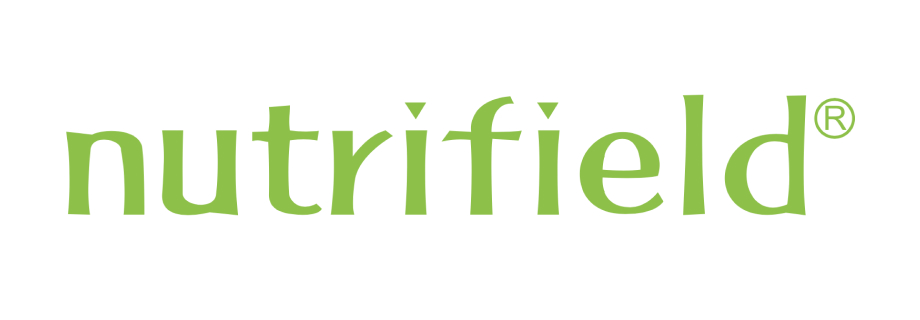



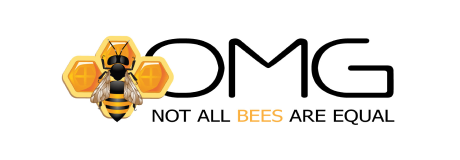
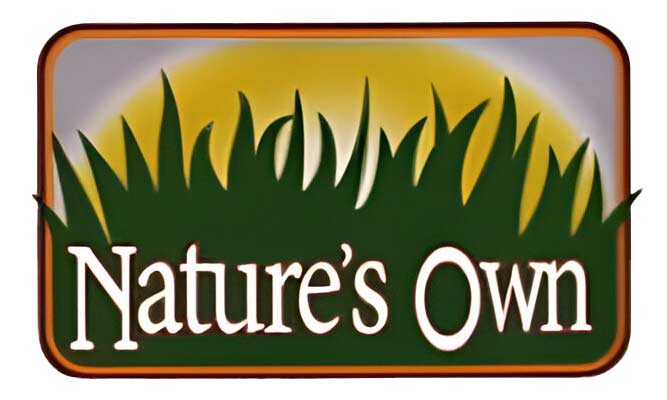




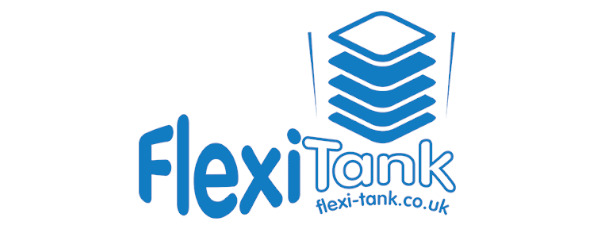
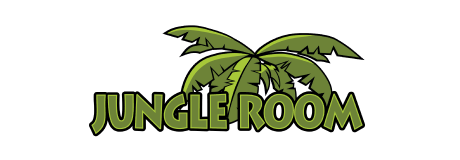



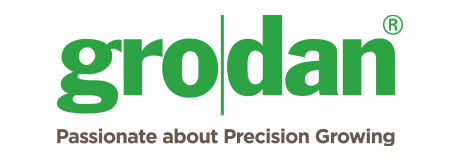



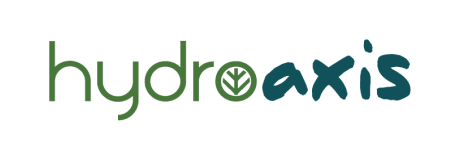



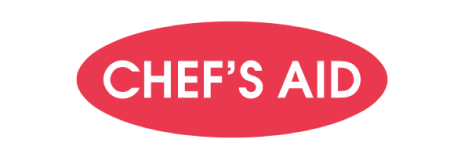



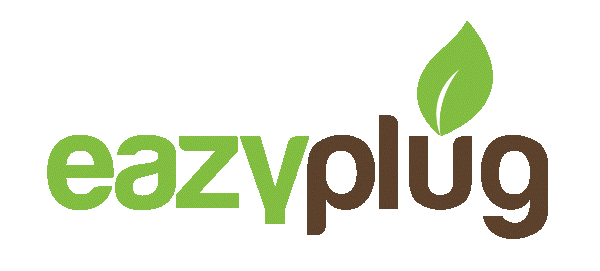
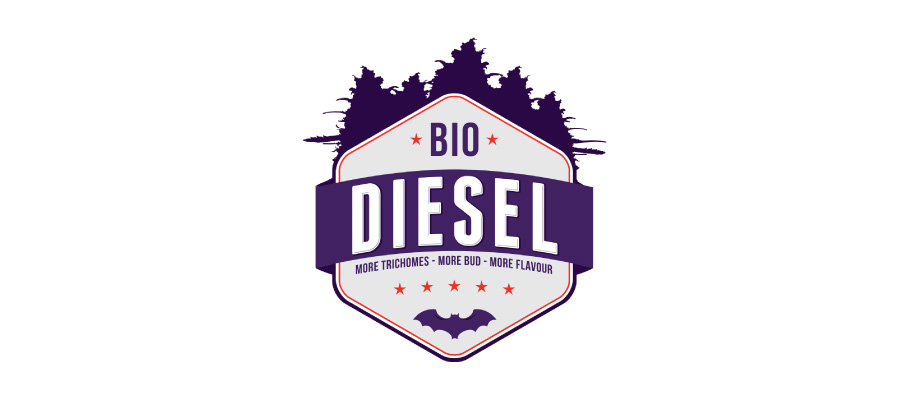

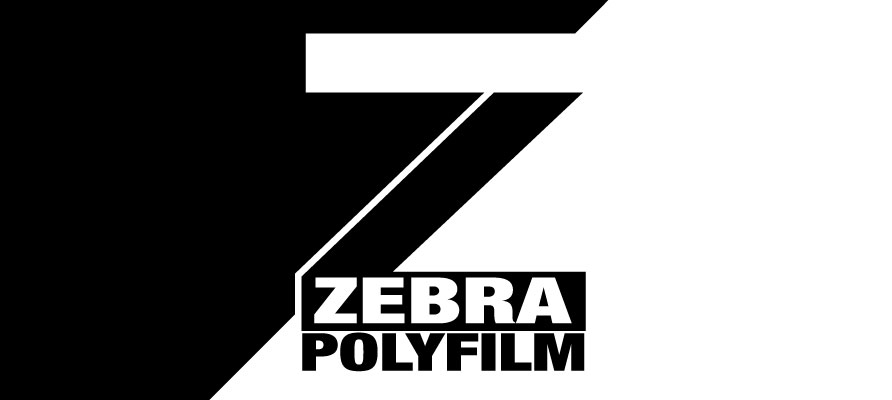
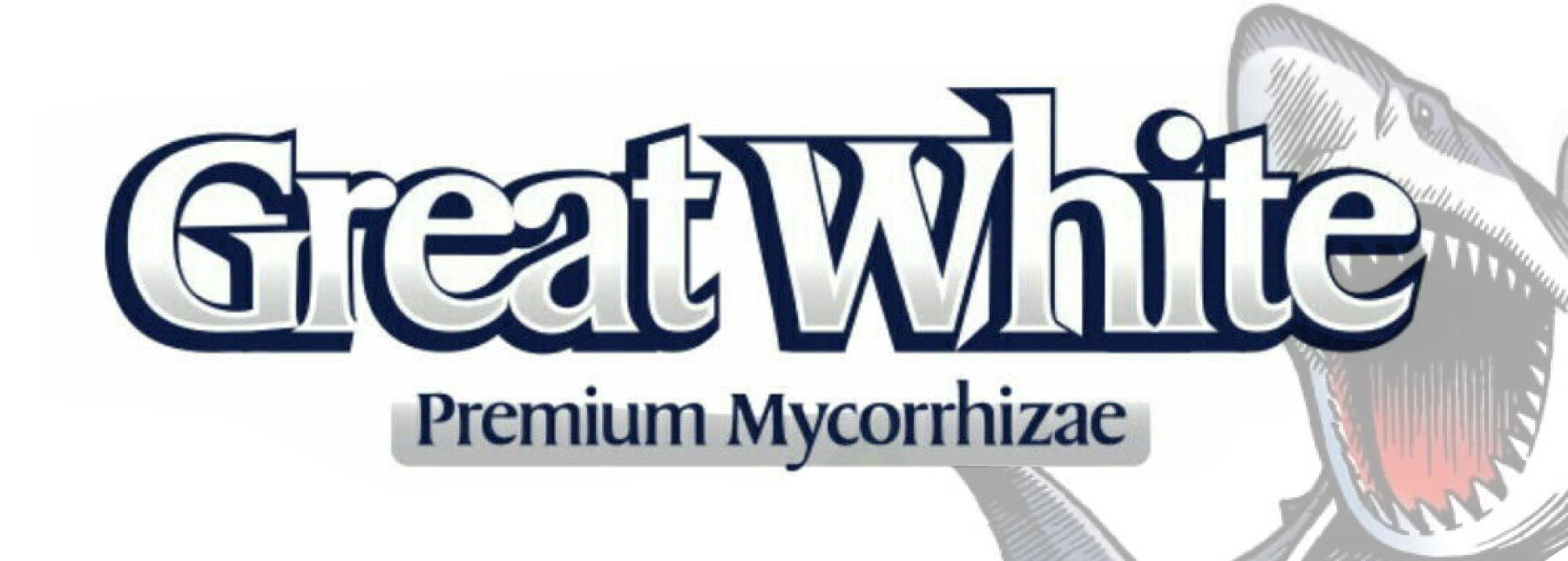

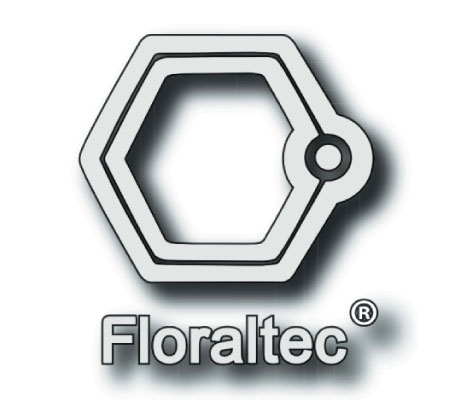

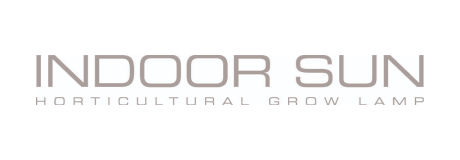
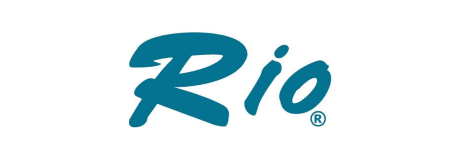

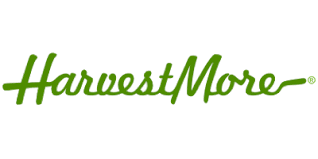

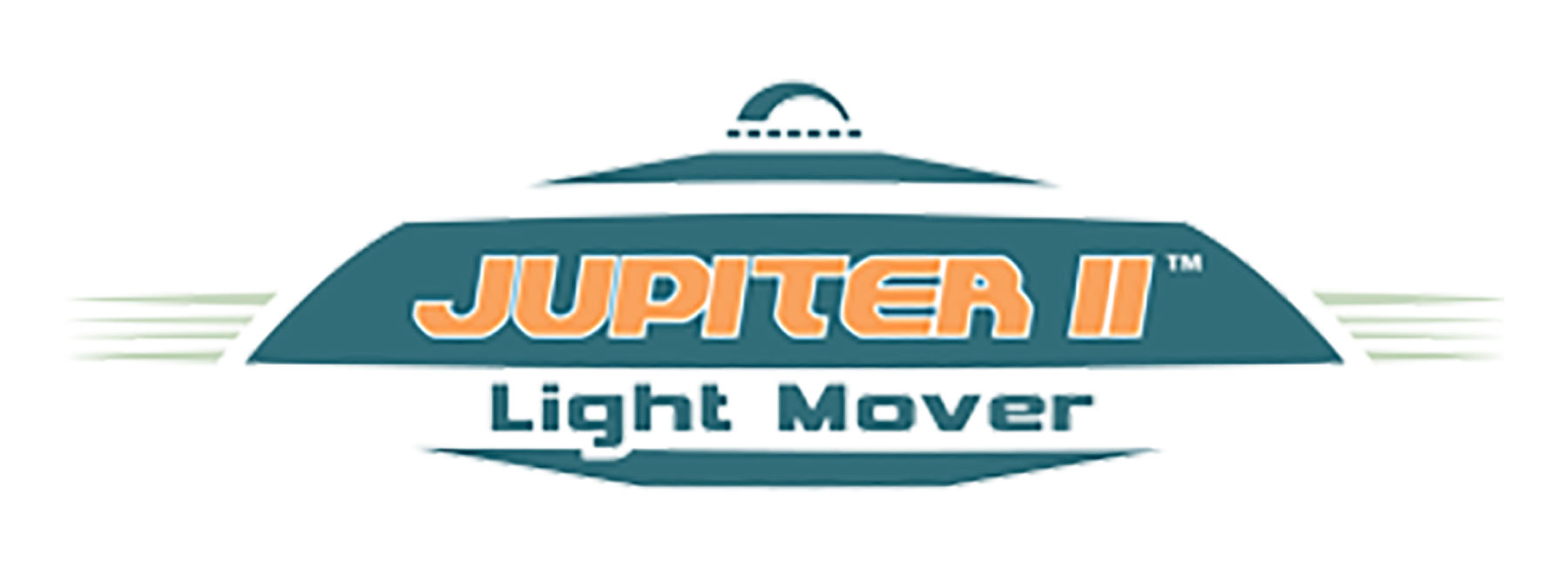





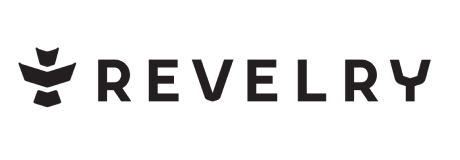




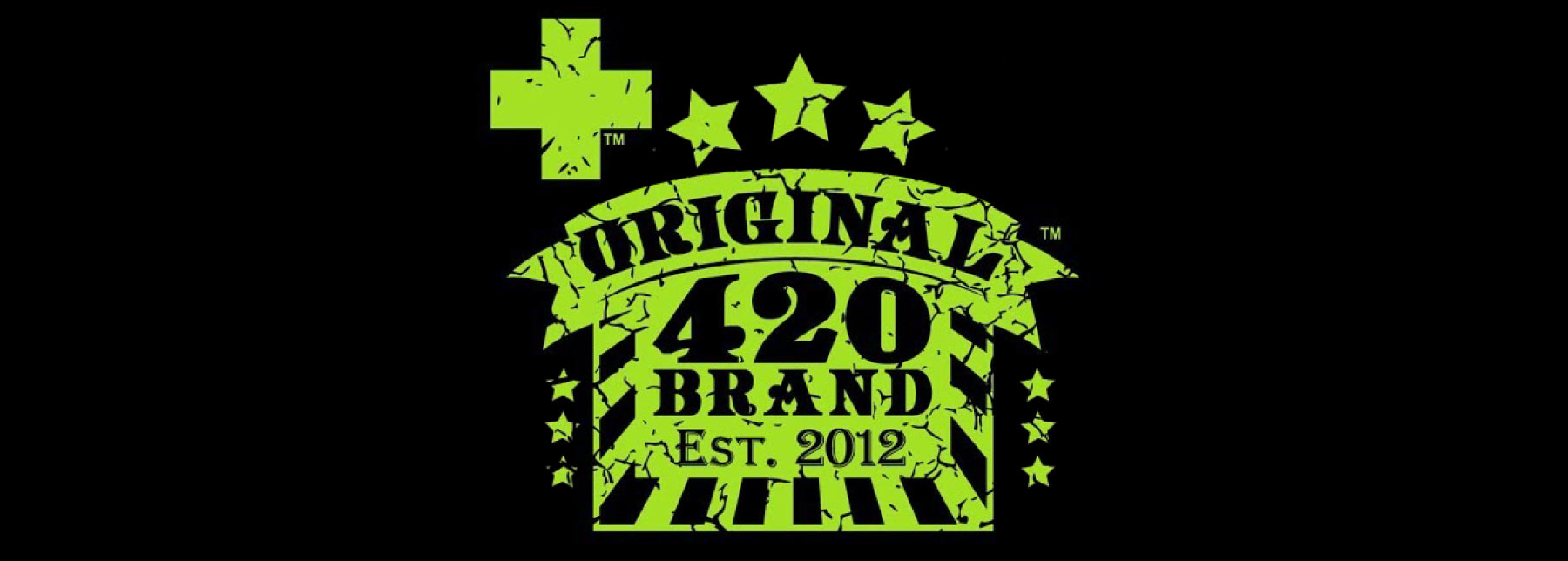


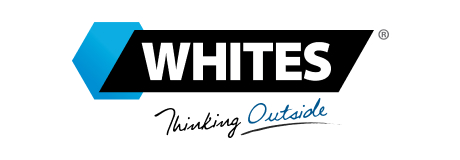





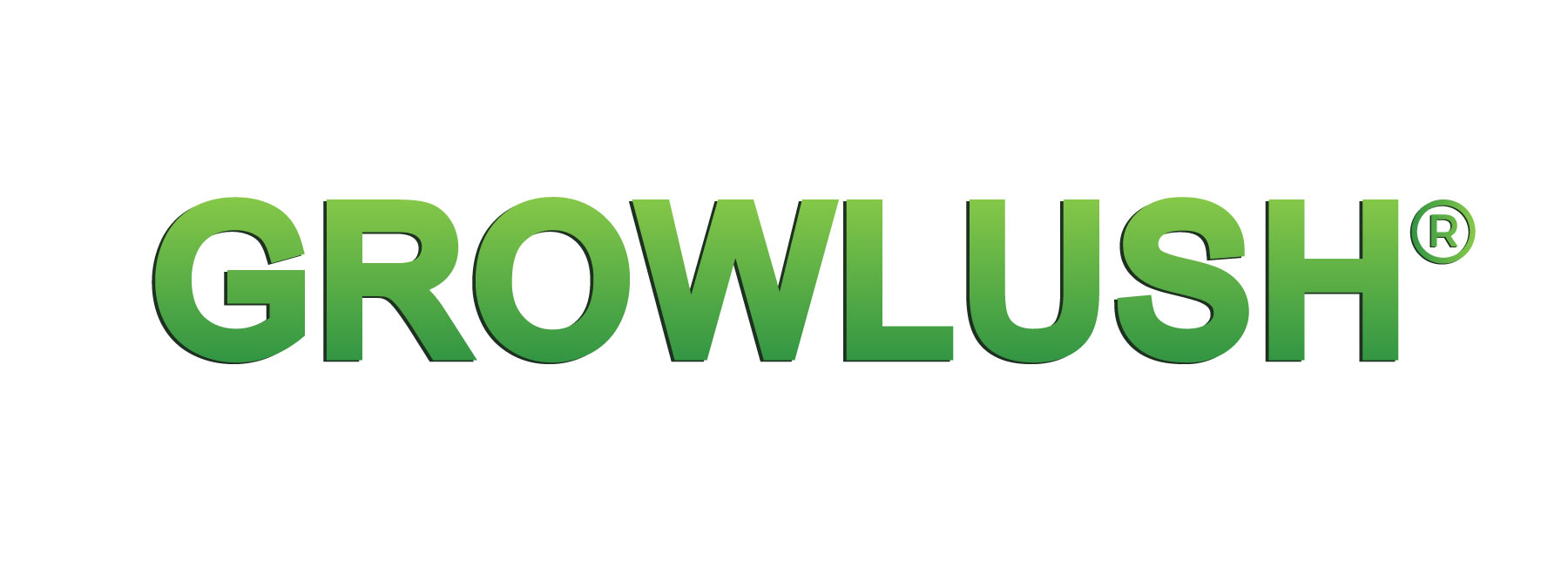


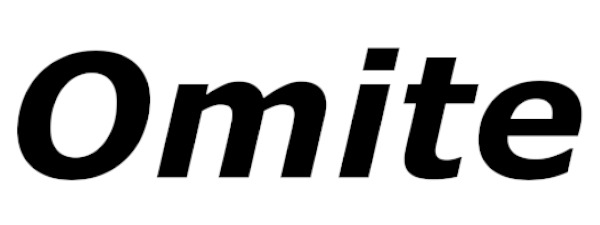
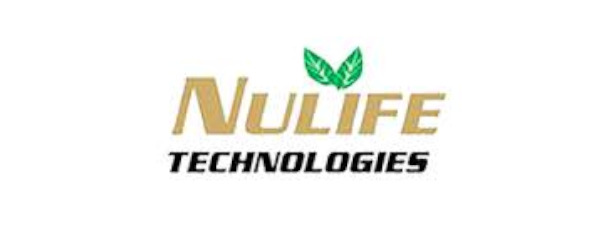


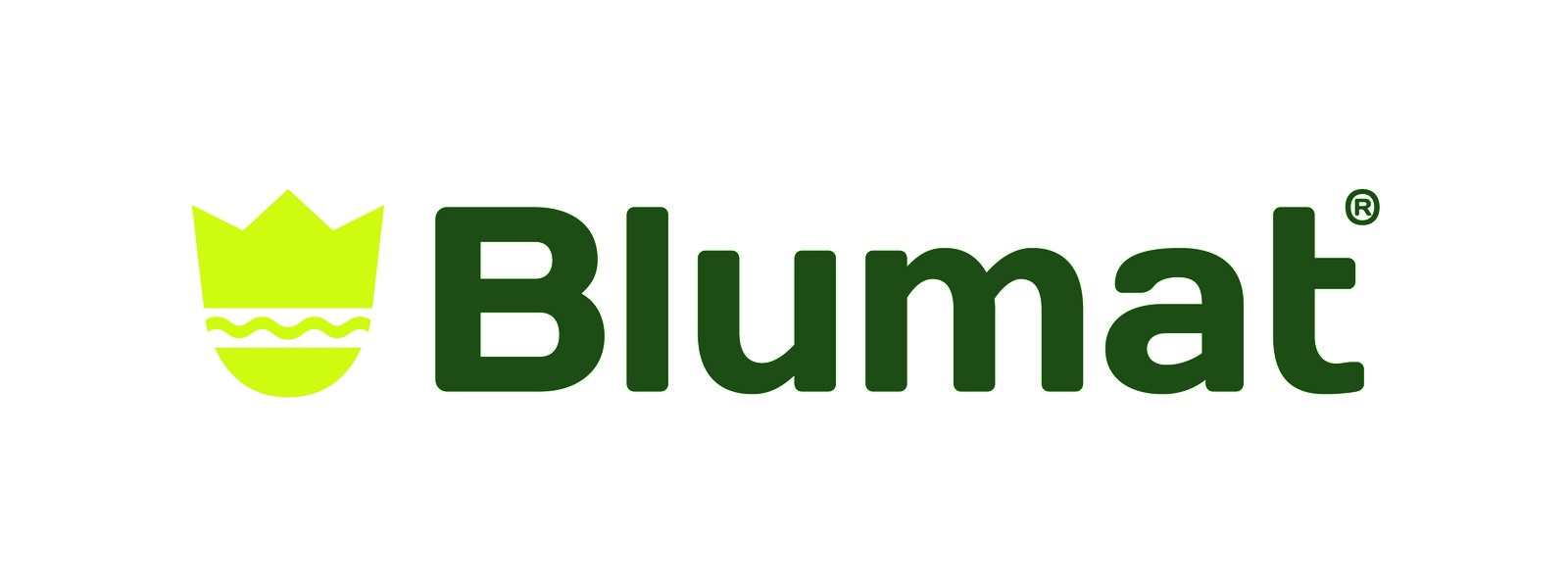
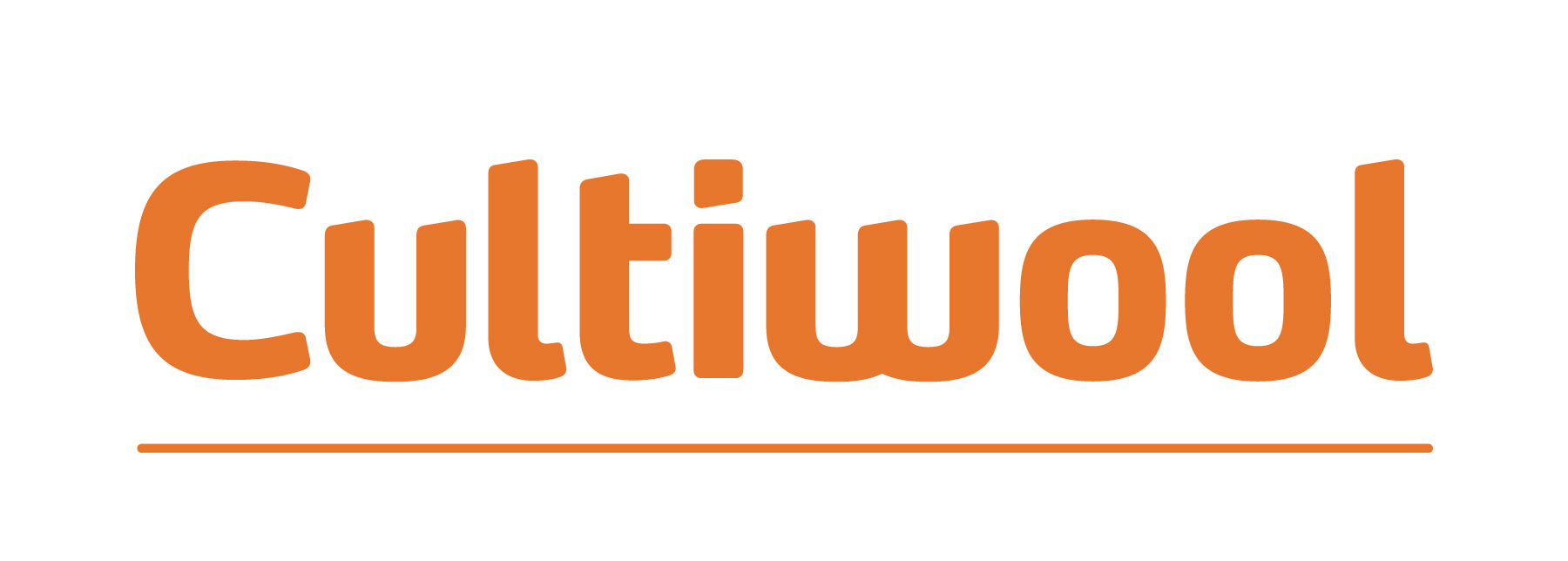







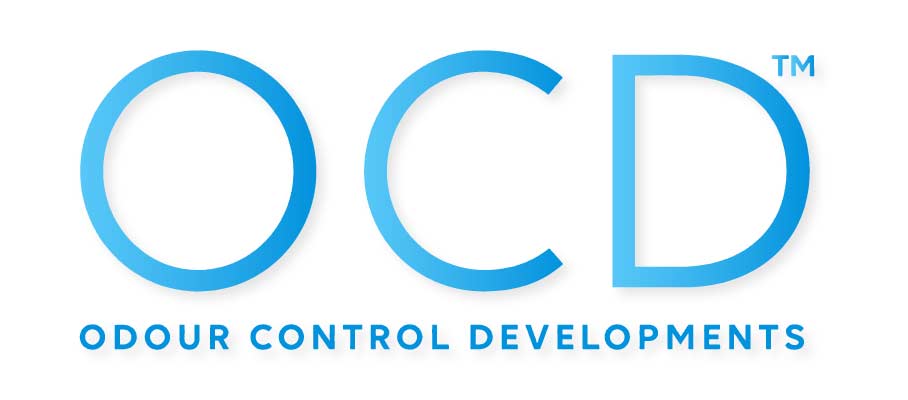

-hyalite.jpg)
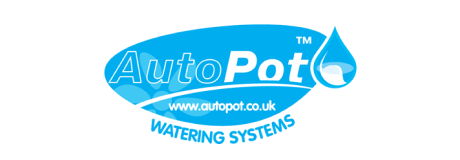
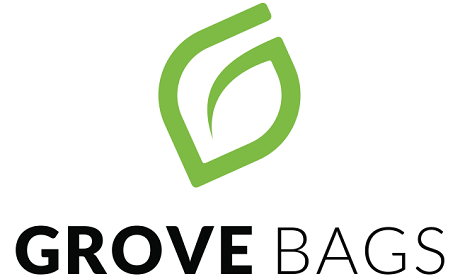


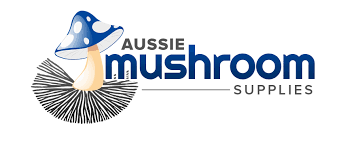
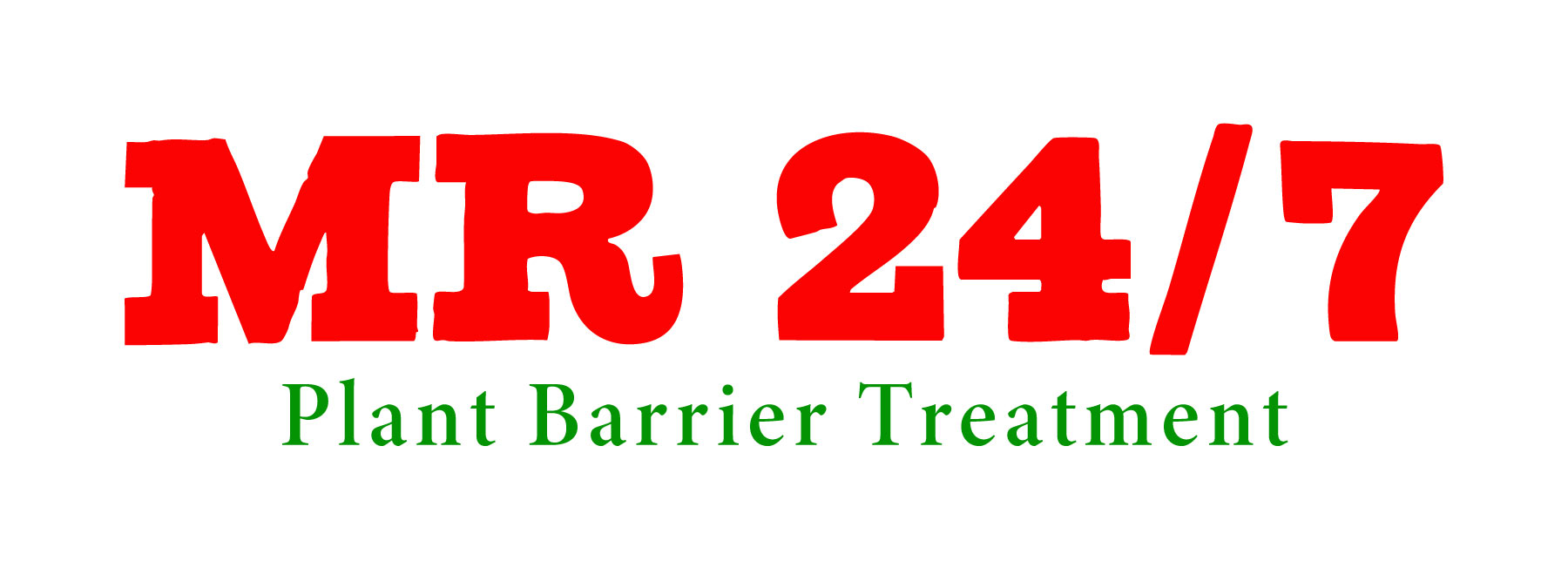
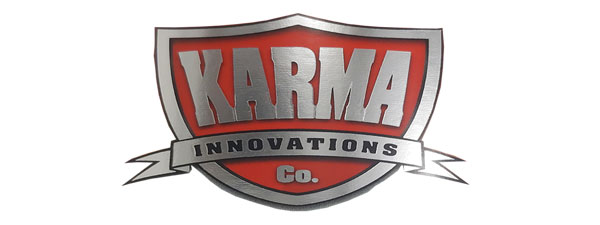




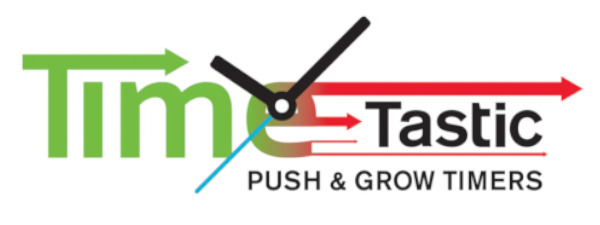



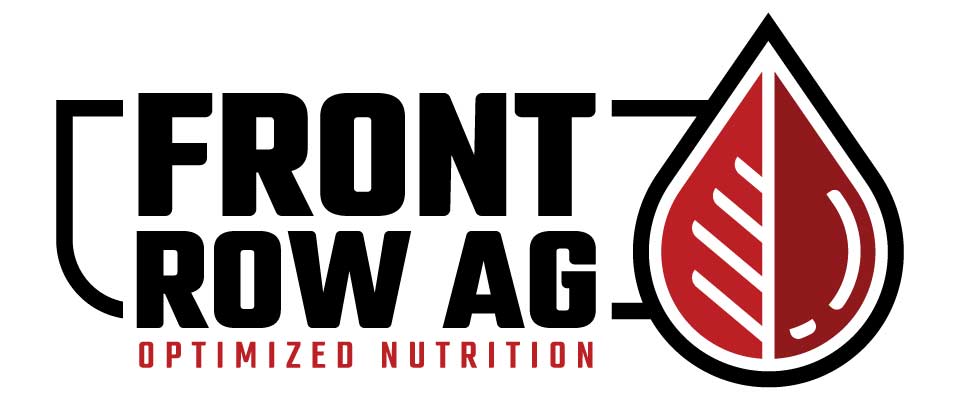
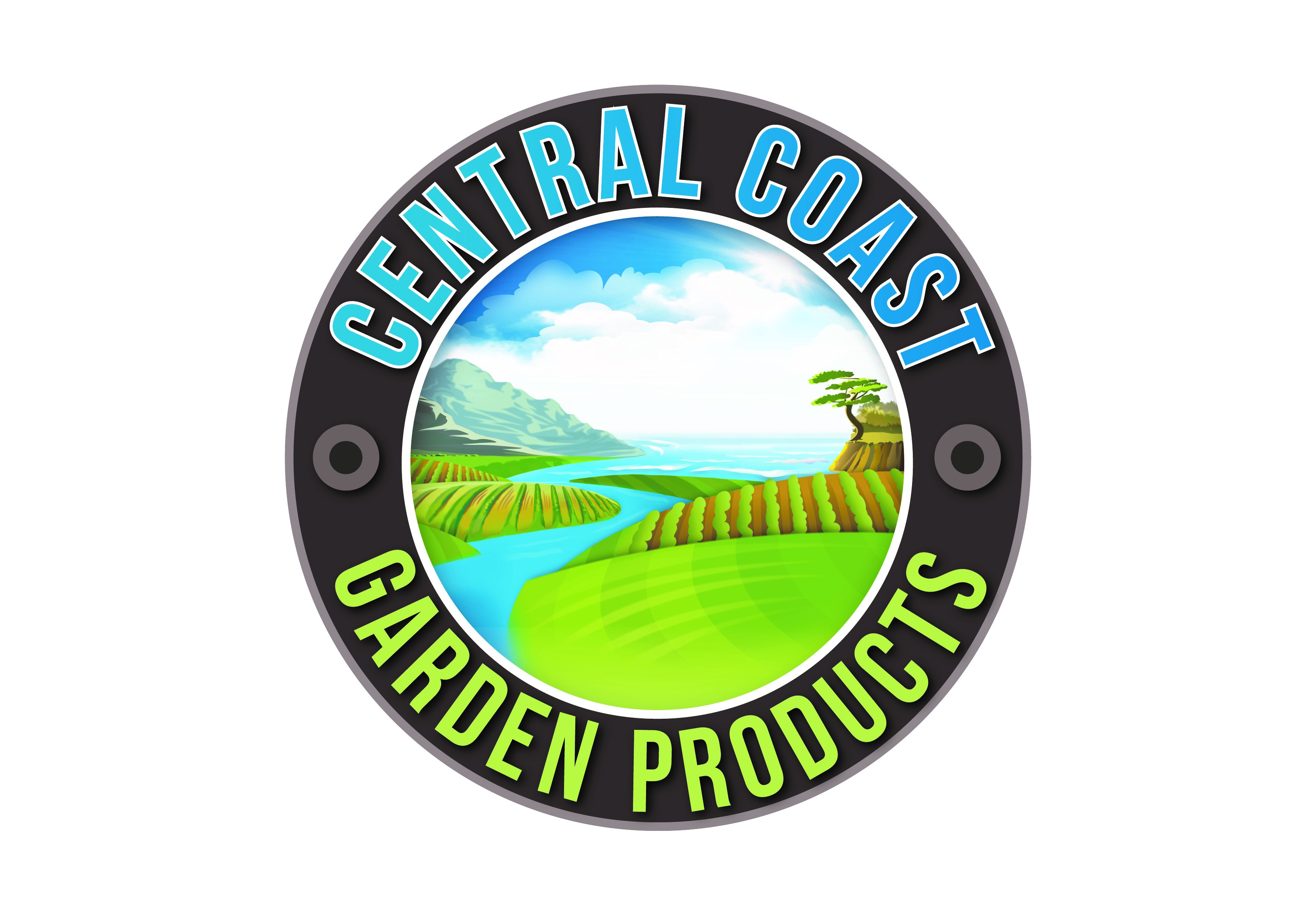


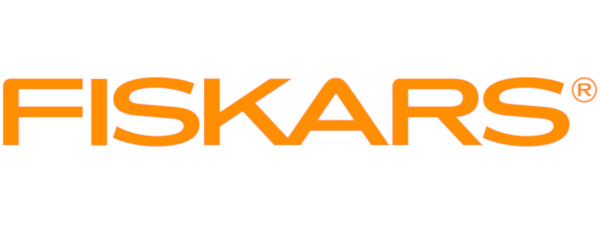




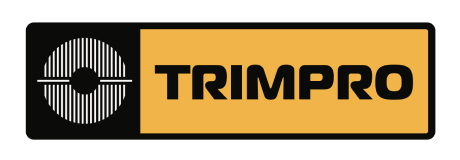

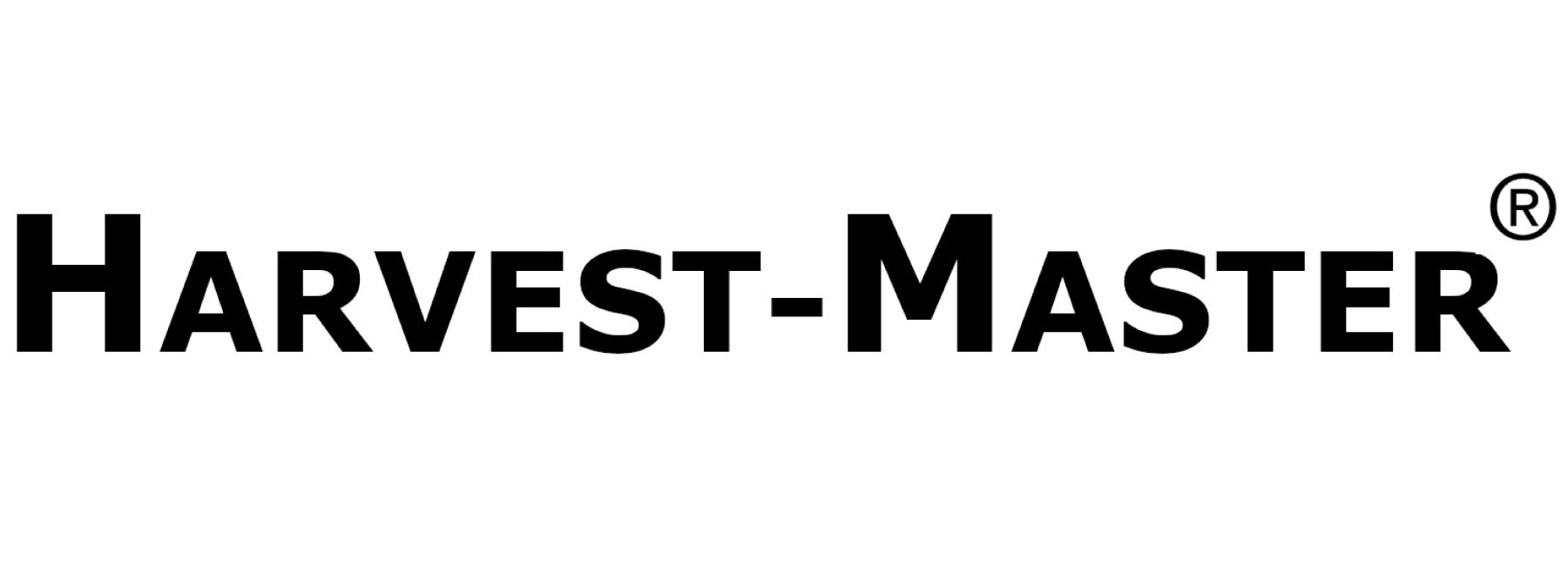
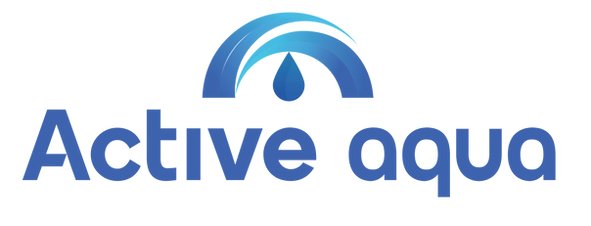


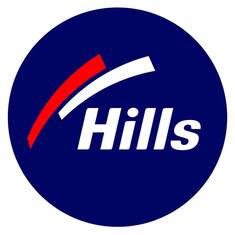

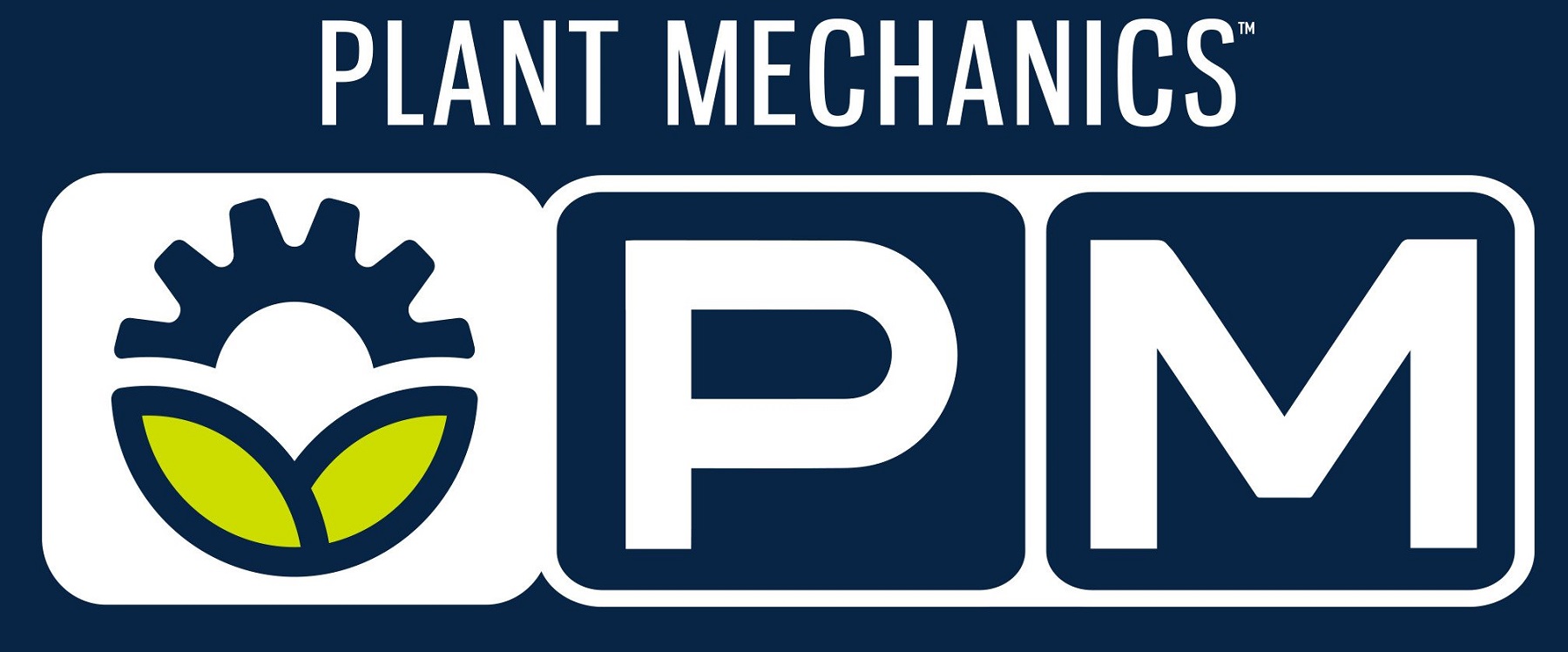



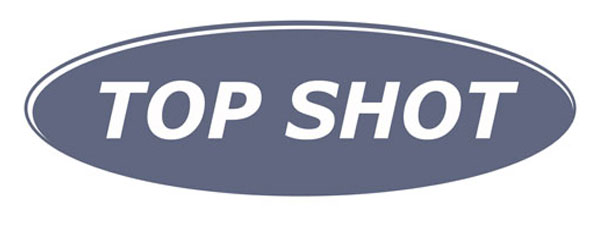







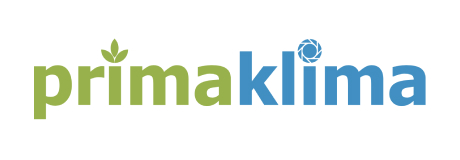

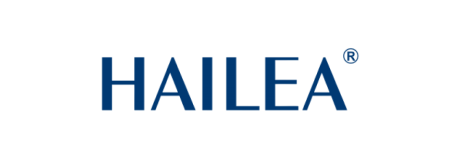
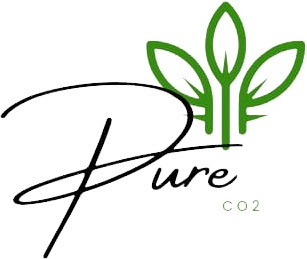



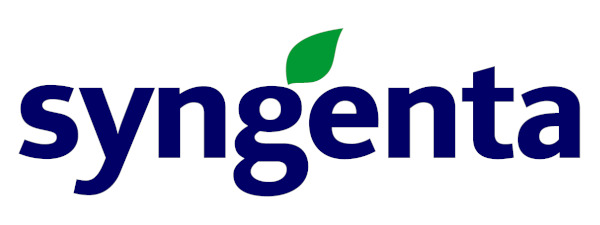
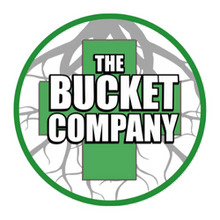
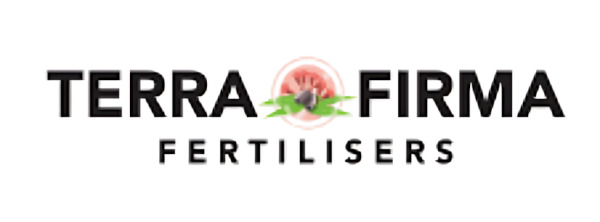

-logo.jpg)

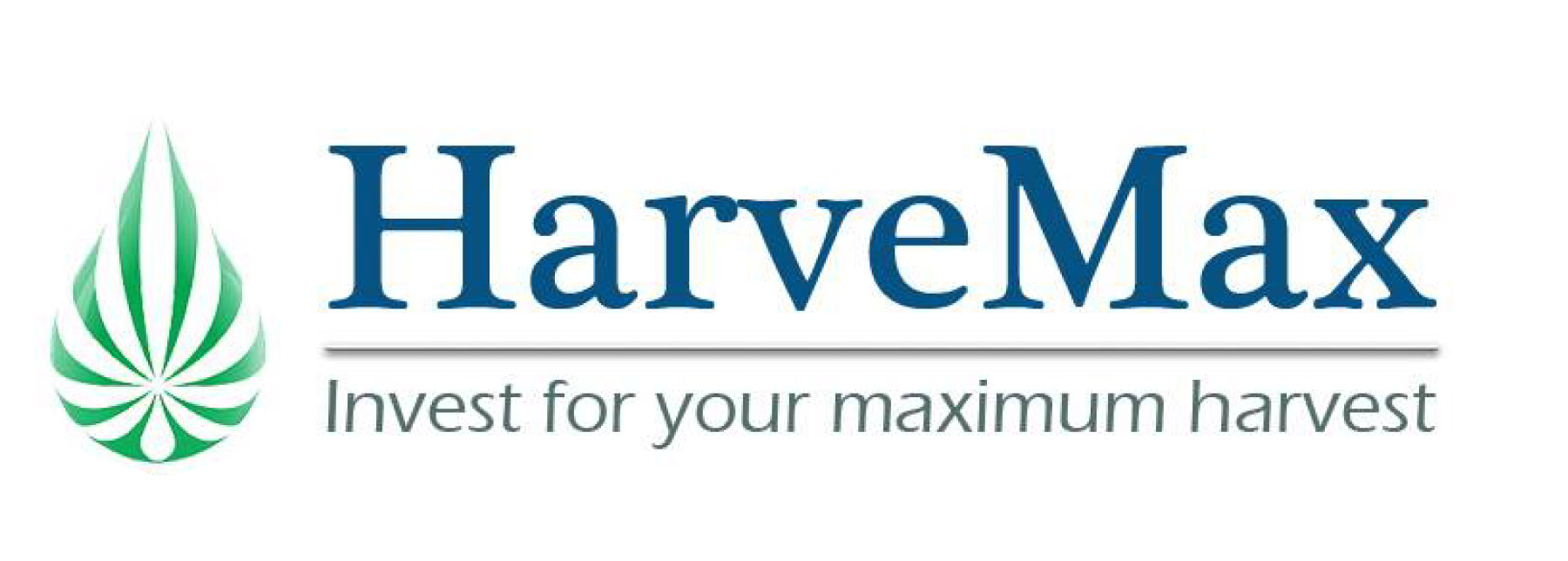
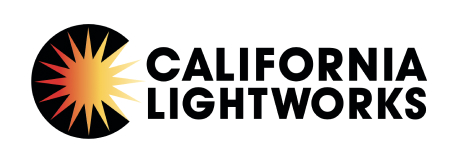
.jpg)
